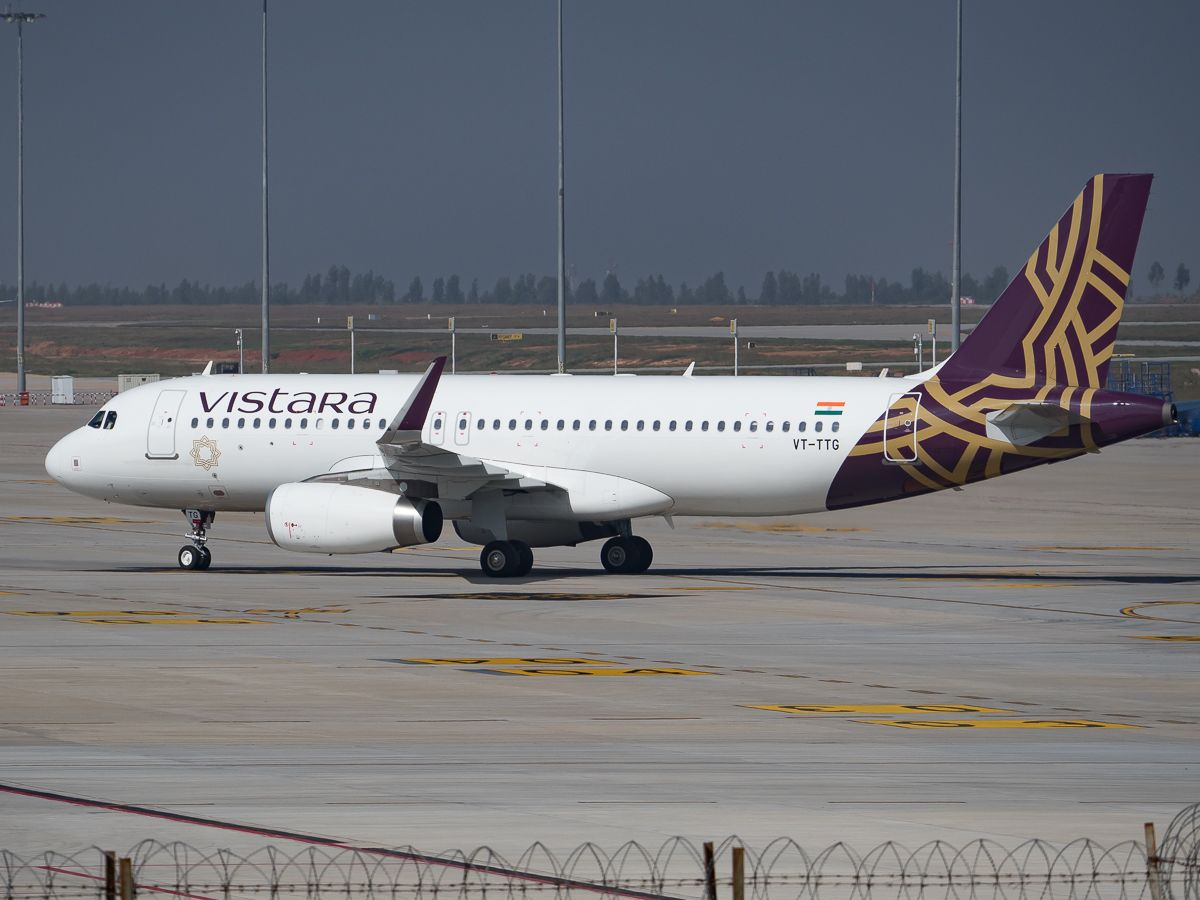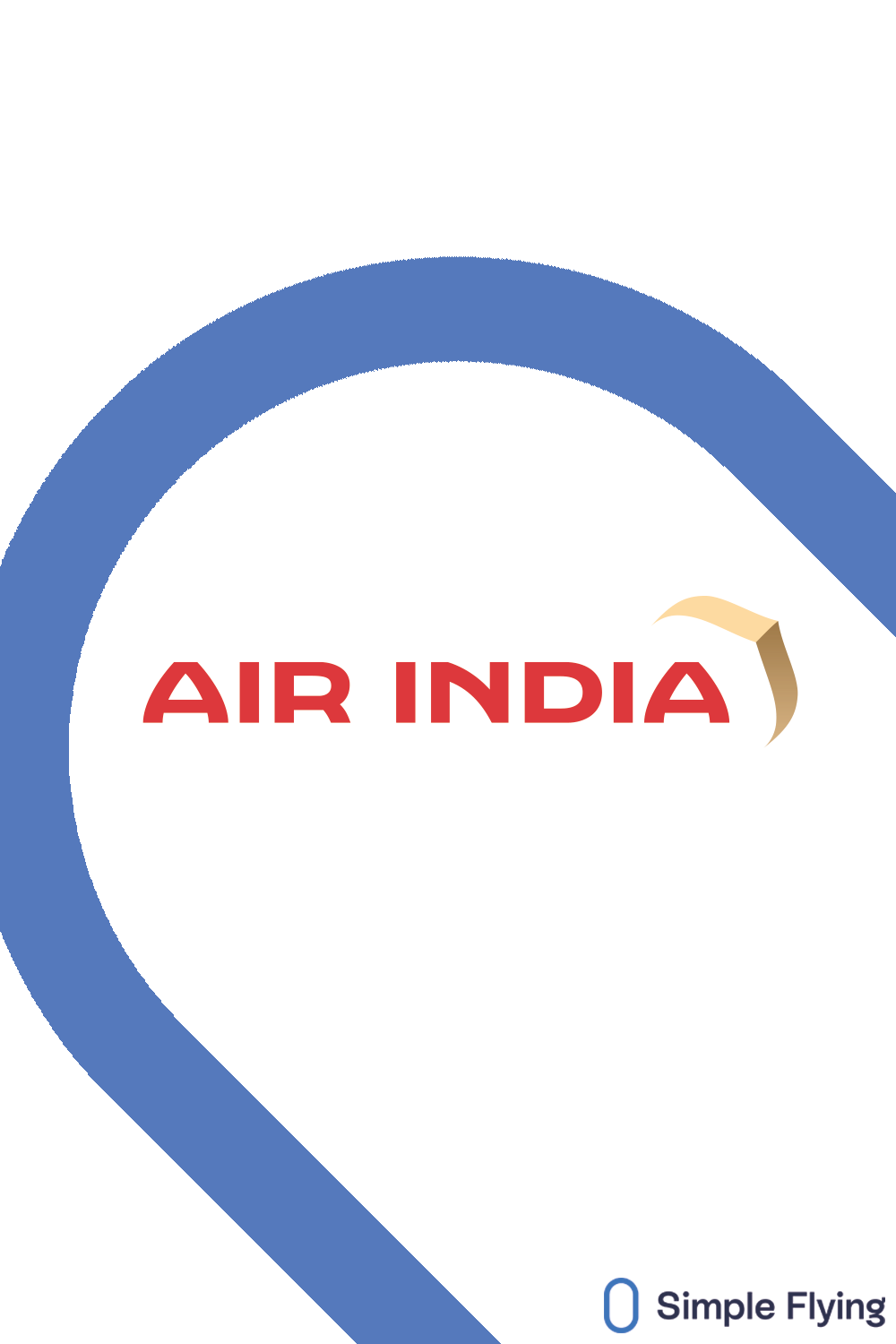Singapore Airlines currently holds a 49% equity stake in the New Delhi-based full-cost carrier Vistara. The Tata Group owns the remaining 51% equity stake. With the Indian aviation industry set to blossom, Singapore Airlines is looking to establish a firmer footing in South Asia and is currently in talks with the Tata Group on a potential merger of Vistara and flag carrier Air India.
In a statement to the Singapore Stock Exchange, Singapore Airlines said:
"The discussions seek to deepen the existing partnership between Singapore Airlines and Tata and may include a potential integration of Vistara and Air India. The discussions are ongoing and no definitive terms have been agreen upon between the parties."
Eyeing for the golden opportunity
Considering Singapore lacks a domestic market, Singapore Airlines ensures its survival by adopting a multi-hub strategy, allowing the flag carrier to access vital resources to complement its base at Changi International Airport and further expand its service globally for competitiveness.
India's aviation industry is already the third-largest for domestic air traffic, and the industry is forecasted to more than double within the next decade, which could be relatively on par with the slightly more mature Singapore market. Seeing this as a golden opportunity, Singapore Airlines wants a more profound stake upon seeing that India could play a more significant part in its strategy.
Find more news about Asian aviation here!
Air India and Vistara both operate flights to Changi Airport. Tata also successfully completed its acquisition of Air India in January, and with the flag carrier's new chief, Campbell Wilson - a former senior executive with Singapore Airlines and previous head for Scoot, a merger of the two Indian carriers proves more than ideal for Singapore Airlines' interest.
The pros and the cons
Besides the lack of any definitive or agreed-upon terms, any deal coming out of these discussions would still have to be approved by Singapore's competition watchdog and the relevant Indian authorities. Regardless, the hint of a possible merger has been floating around for several months now, so let's discuss the benefits and risks.
A strategic idea
Merging Air India and Vistara could form a more significant competitor to India's current dominating low-cost carrier IndiGo and also to several Middle Eastern rival airlines that transport a critical portion of India's international traffic. Air India has also been launching more international services to North America, another key market for Singapore Airlines to deepen its footing.
And even though Air India has been struggling lately, the flag carrier has been focused on rebuilding its fleet and concentrating on a domestic market share of at least 30% within the next five years. Vistara has slightly below 11% of the domestic share in India, so a merger could complement both domestic and international markets, all of which would also work in Singapore Airlines' and Tata's favor.
A losing gamble
While the merger seems beneficial, it could also be a deal to bite Singapore Airlines, as Air India remains a loss-making flag carrier. Should a merger be approved and happen, there is a likelihood that Singapore Airlines might have to inject additional funds to upkeep its share in the merged entity.
Both airlines also operate differently, so synchronizing such synergies for a merger could prove challenging. The soft products of Vistara are indeed better, but Air India has a more extensive fleet and valuable slots. Retrofitting that many aircraft will again cost a lot of money. But if the merged entity were to follow the flag carrier's soft products, the overall attractiveness might decrease.
This problem also trails to the merged entity's name, which will likely be Air India since it is the flag carrier. However, unlike Vistara, the flag carrier has recently had quite a tainted reputation. The tarnished branding could ruin the public's perception of the merged entity, which could drain the majority of hopes for Singapore Airlines and Tata.
Get the latest aviation news straight to your inbox: Sign up for our newsletters today!
Bottom line
A merger between an ailing Air India and a shining Vistara seems odd in terms of synergies but logical for the long run and if managed properly. Given the growth of the Indian aviation industry and its predicted rise within the next decade, it is pretty likely that a merged entity between the two Indian carriers could present a new flag carrier for the country.
And considering how large IndiGo has been and continues to be, it is more likely that the possible merged entity will be managed to dominate the long-haul market. Regardless, this all remains to be seen as to what Singapore Airlines and Tata eventually decide upon.

_taxiing_at_Amsterdam_Airport_Schiphol_(3).jpeg)
.jpeg)
.jpeg)

.jpeg)
